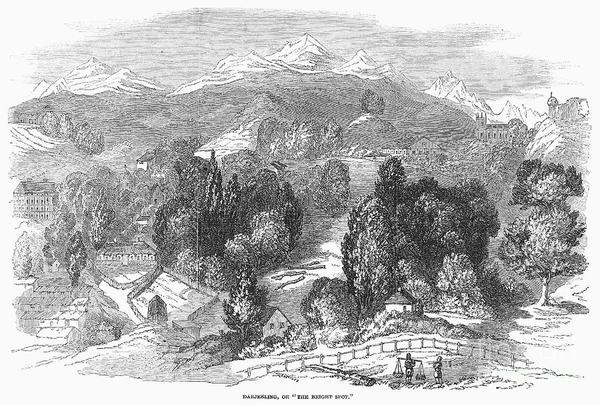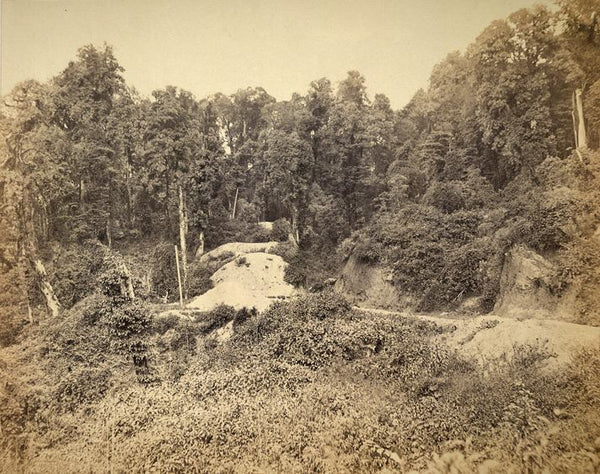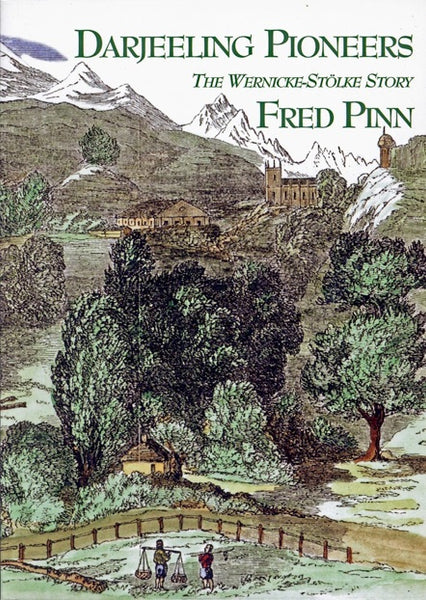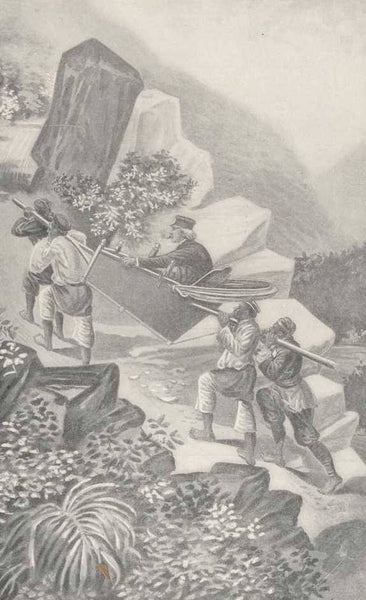
History of Darjeeling Tea - the German Connection ~ Part I
On a cold winter day in January of 1842 two young German missionary families, the Wernickes and Stolkes arrived to Darjeeling, a densely forested and sparsely populated remote region of the Himalayas. Only seven years previous, the area had been taken on lease by the British colonialists from the Kingdom of Sikkim.

As Joachim Stolke, Dorothea Stolke, Sophie Wernicke and Johann Andrea Wernicke fended for their lives in impoverished and dangerous conditions in those early years, they could have hardly imagined the legacy they would leave behind one day which had nothing to do with saving the natives from perdition. Darjeeling became world famous because of an important product called tea which would change the landscape for ever more.
Tracing an incredible story these Germans, and later their children, cleared forests off hillsides, engaged local workers and set up some of the best known tea gardens of Darjeeling. One of the missionary children was the first to turn this experiment into a profitable tea plantation and eventually into a successful industry.

Some of the gardens they founded were Lingia, Tumsong, Risheehat, Goomba (part of Chongtong now), and Steinthal. They also managed Tukvar, Soom, Makaibari, Glenburn, Bannockburn and Pandam. Given the communications and transportation challenges of the period, it was astounding how many tea gardens the family owned and managed.
The other valuable legacy the Wernickes and Stolkes left behind were their records, including correspondence among family members, that give us a glimpse into the founding years of Darjeeling. Thanks to late local historian Fred Pinn who put together the records of Wernicks and Stolkes in his book “Darjeeling Pioneers - The Wernicke-Stolke Story” (publishers Pagoda Press, UK.), we now have access to this priceless trove of history.

Listen to “grandma” Sophie Wernicke describe her first impressions of Darjeeling: "We went across the mighty mountains where wild and dangerous animals have their caves, and where we could not use wheeled transport anymore, and we had to go on foot, the women with their small children in their laps being carried in a "dandy." We want to farm here, but first we have to clear away trees, trunks and all has to be removed and burnt in order to prepare the fields...The soil is so rich that wheat could be sown everywhere; but all is still forest and so thick that one can hardly crawl through it."

The German missionaries were initially placed in Tukvar, a place good two miles outside of Darjeeling. Perhaps their guardian, Rev William Start, wanted them to be close to the natives. But it was a scary place, and Sophie describes a particularly ghoulish night.


History of Darjeeling Tea - the German Connection ~ Part 2
History of Darjeeling Tea - the German Connection ~ Part 3
History of Darjeeling Tea - the German Connection ~ Part 4

